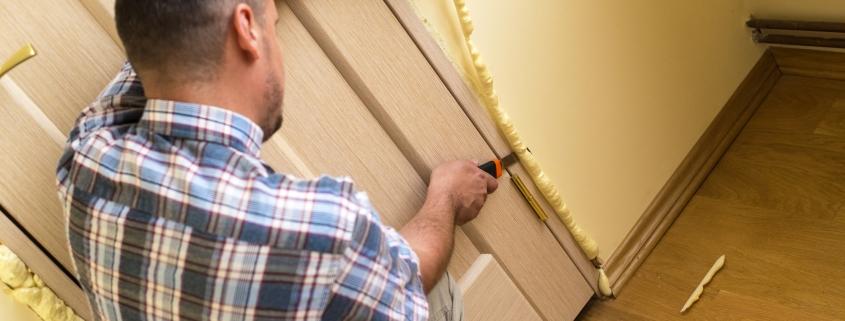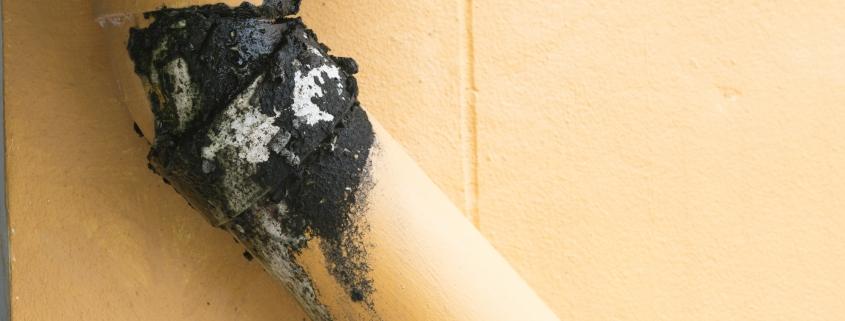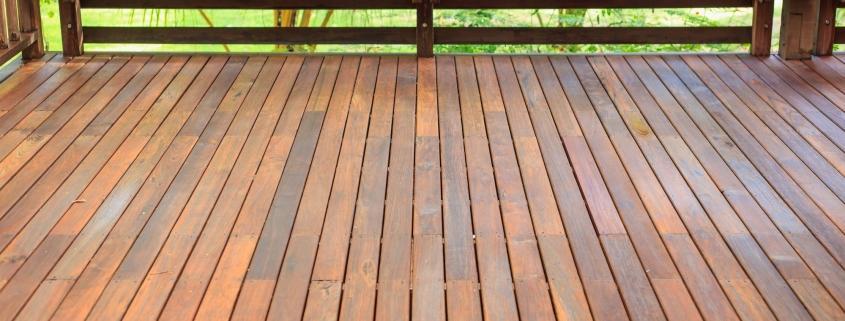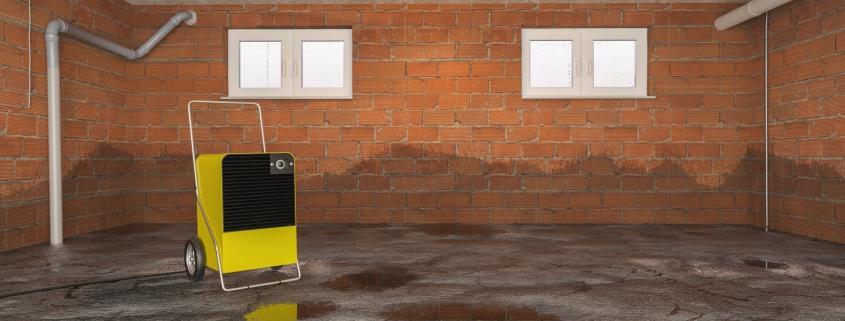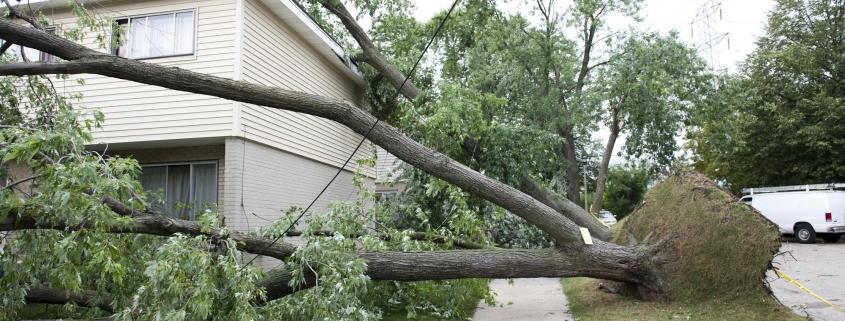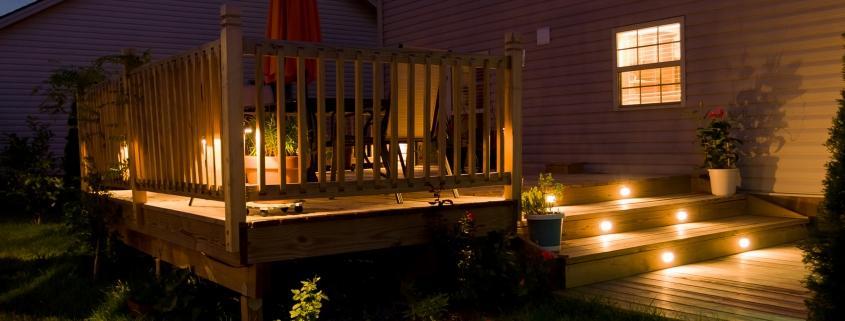When Would You Use Spray Foam Insulation During Construction?
Spray foam insulation expands to fill gaps and cracks in a home or building. It also seals off areas where hot air can escape or cold air can enter, preventing condensation that can lead to mold and wood rot.
This type of insulation can be sprayed in an attic, crawl space, and rim joist in new construction or in existing homes. However, spray foam insulation must be professionally installed to prevent problems.
Ceilings
A home’s ceiling can fulfill several purposes: it can be decorative or it can function as an acoustic conditioner or thermal insulation. A ceiling can also hide structural elements or installation irregularities. In addition, ceilings can be a good place to add ventilation in a building or structure.
Foam spray insulation is best installed in a new home at the same time as rough plumbing, electrical wiring and heating and air conditioning ducts are being installed but before interior walls have been finished. It can also be used in existing homes in the attic space, as well as basements and crawl spaces.
Before foam is applied, the areas to be sprayed should be thoroughly cleaned and free of dust, dirt, oily substances and other debris. The area must be dry as well. A professional applicator will use a respirator and goggles during the application process to avoid getting the foam in his or her eyes or breathing in chemical fumes, which can cause adverse health effects.
Foam insulation has a high R-value, and the maximum R-value is dependent on how it’s installed. Some types of insulation, such as blankets and boards, can be DIY projects, but other types require a professional installer to ensure that the product is properly installed for maximum performance. Ask contractors about their experience with the specific type of insulation you want to install.
Walls
During new construction, walls can be insulated with spray foam after the plumbing, electrical wiring and HVAC ducts are installed but before drywall is placed. This saves time and money compared to installing fiberglass or blown-in insulation after the framing is done, because it’s not necessary to cut, measure and attach the material.
Foam’s great advantage here is its ability to seal tiny air leaks, which can cost energy dollars without homeowners noticing them. For maximum efficiency, the wall cavities should be sprayed at least 2 inches thick, but many builders opt for a lower thickness of 1 inch. This allows them to cram in fiberglass insulation in addition to the foam, which creates an effective vapor barrier.
For a wall with 2×4 framing, the ideal R-value is about R-19, which can be accomplished by spraying just over 2 inches of closed-cell spray foam. Open-cell foam will also work, but is generally cheaper and doesn’t have as high of an R-value per board foot.
It’s important that the contractor is careful to not saturate the stud walls with foam, which can cause the wood to warp or even collapse. It’s also necessary to make sure the foam is sprayed evenly, and to leave plenty of space for the drywall. To prevent this, the installer should use a pin depth gauge to check for consistency and ensure proper coverage before spraying begins.
Floors
For new construction, the floors should be insulated with spray foam insulation. Spray foam is easy to install between the floor joists and can stop cold air from seeping through the floor in winter and hot air from infiltrating during the summer.
The floors can also be insulated with blown in loose-fill cellulose or fiberglass. However, spray foam is easier to apply and the R-value will remain consistent over time whereas loose-fill will settle and lose its R-value over time.
Closed-cell spray foam contains high-density cells that are closed and infused with gas that enable the foam to expand. Open-cell foam isn’t as dense and doesn’t fill as well, but it still provides a great barrier against air movement, sound, and moisture.
To insulate the floors, clear out the crawl space, cover any walls or immovable objects with plastic sheeting, and then begin spraying. Be sure to get around any pipes, wires, and cables that run through the floor so they don’t infiltrate the spray foam. The crawl space should be ventilated as you work since spray insulation can give off a noxious odor that’s similar to paint fumes. It’s also important to wear a mask during the installation process, especially when you’re working with open-cell foam.
Crawl Space
The crawl space of a home should be properly insulated to prevent musty odors, floorboard creaks and mold. In some cases, a home owner will install fiberglass batting insulation in the crawl space walls. Unfortunately, this can cause moisture problems in the crawl space, including sagging floors above. If the sagging is severe, it can lead to foundation cracks.
In most instances, insulating the crawl space with spray foam is a better solution than batting. The closed-cell structure of polyurethane spray insulation blocks moisture from moving between adjacent cells, which is vital in the dark and moist crawl space environment. Spray foam insulation also makes it easier to achieve optimal coverage in a tight crawl space, where gaps between joists can reduce the effectiveness of the insulation.
The cost of insulating the crawl space will vary depending on a variety of factors. One of the biggest is whether the existing vapor barrier is intact or needs to be replaced. This can add to the overall cost of the job. Another factor is the height of the crawl space walls. If they are high, crews will need to install a vapor barrier before insulating, which will increase the overall cost of the project. If the crawl space is to be conditioned, the supply and return air strategy will also impact costs.


